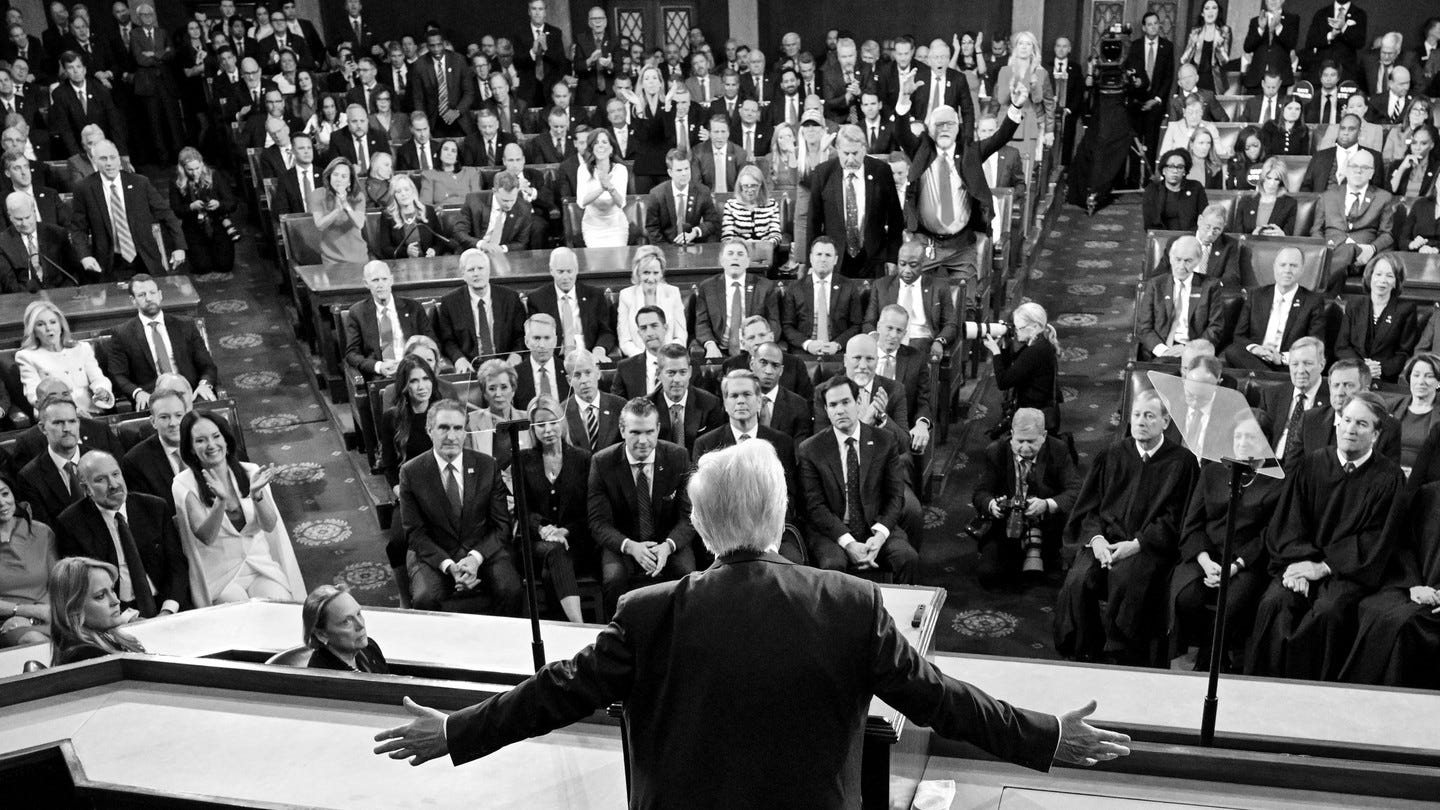Money Talks: How Fundraising Power Shapes Midterm Election Outcomes
As Trump builds toward a billion, the numbers prove one thing: in politics, the top spender usually wins.
In American politics, there's one rule that has never changed: money wins elections. Not always. Not everywhere. But often enough to make it the first battlefield. In the high-stakes world of U.S. midterms, cash isn’t just king—it’s the air war, the ground game, and the message machine all rolled into one.
Donald Trump’s reported haul of $600 million, with his sights now set on a staggering $1 billion by 2026, isn’t just a show of strength. It’s a warning shot. A campaign war chest that size isn’t about holding rallies and printing yard signs. It’s about picking winners and losers in primary races, flooding swing districts with ad buys, and keeping the party tethered to his platform. Whether you like him or loathe him, the strategy is clear: dominate the map through dollars.
In 2022, GOP-aligned super PACs like the Senate Leadership Fund spent $290 million, amplifying Republican messaging in competitive races.
This isn’t new, of course. We’ve seen it before—and the numbers don’t lie. In the 2022 midterms, 93.65% of House races and over 82% of Senate races were won by the top spender, according to OpenSecrets.
Pennsylvania: Fetterman (D) $76.3M vs. Oz (R) $49.8M; Fetterman won.
Georgia: Warnock (D) $181M vs. Walker (R) $38M; Warnock won.
Arizona: Kelly (D) $75M vs. Masters (R) $12M; Kelly won.
Ohio: Vance (R) $13.9M vs. Ryan (D) $48.2M; Vance won.
In 2024, that grip tightened. 94% of House and 88% of Senate winners outspent their opponents. When voters say they want a level playing field, the financial scoreboard tells a different story.
Key 2026 Senate races (e.g., Georgia, Michigan, Arizona) and House districts in purple states will see intense spending. Trump’s funds could make GOP candidates viable in Democratic-leaning areas.
The Republican establishment may gripe about Trump’s grip on the party, but if he's the one bringing the artillery, they’ll accept his money. Money doesn’t just shape campaign strategy. It rewrites party discipline. Candidates seeking his endorsement may soon find themselves answering to his donors too, because in today’s politics, the money doesn’t just follow the message. It is the message.
What this all means for Democrats is simple: ignore it at your peril. Trump isn’t just defending the base. He’s funding an infrastructure. Media, ground game, ballot security, legal war rooms—it all costs, and he’s raising every dollar like he’s still behind in the count.
While not a guaranteed path to victory, political fundraising remains one of the most predictive indicators of electoral success in U.S. midterm elections. The GOP, led by President Trump’s prolific fundraising apparatus, is poised to leverage this advantage aggressively ahead of 2026.
The question now isn’t whether money matters. It’s whether anyone on the left is matching the urgency. Because while Democrats may have the cultural megaphones and coastal fundraising circles, Trump’s political machine is now backed by a donor network obsessed with revenge, control, and long-term dominance.
And in a midterm environment where turnout is lower and margins are tighter, every ad, every knock, and every late-breaking news cycle paid for with those dollars matters. The message isn’t subtle. The campaign doesn’t start next year. It’s already underway, and the side with the deeper pockets has the head start.




